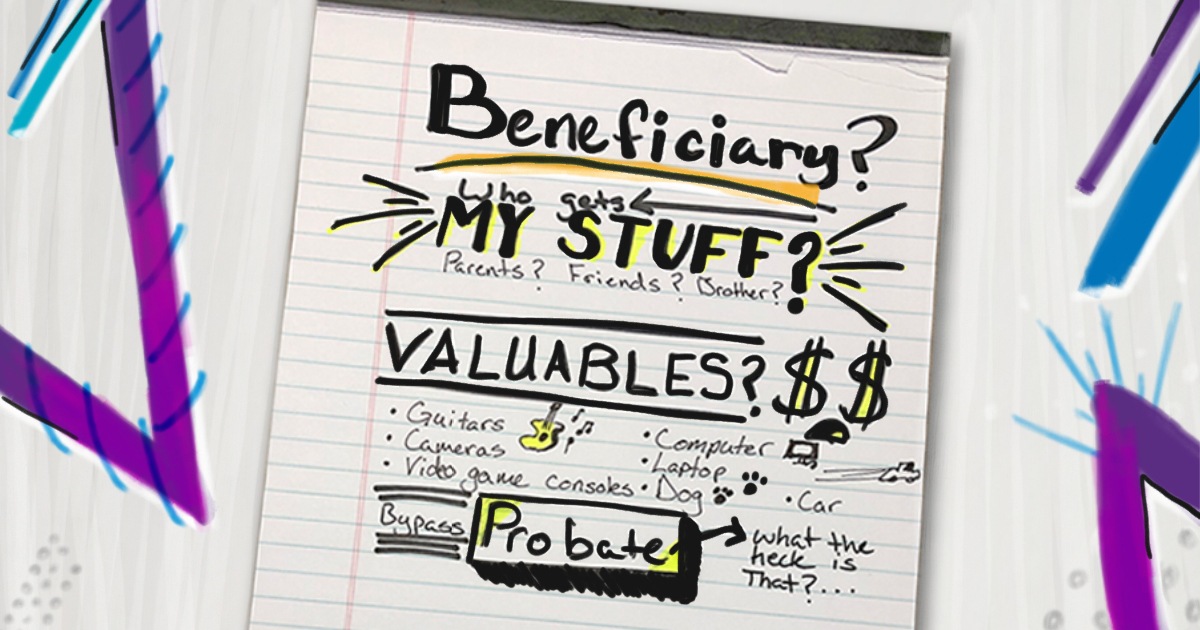Legacy Design Strategies
Omaha, NE, Minot, ND and Iowa Fall, IA Estate Planning and Elder Law Firm
Estate Planning and Elder Law Blog

A secondary beneficiary, sometimes called a contingent beneficiary, is a person or entity entitled to receive assets from an estate or trust after the estate owner’s death, if the primary beneficiary is unable or unwilling to accept the assets. Secondary beneficiaries can be relatives or other people, but they can also be trusts, charities or other organizations, as explained in the recent article titled “What You Need to Know About Secondary or Contingent Beneficiaries” from yahoo! life.
An estate planning lawyer can help you decide whether you need a secondary beneficiary for your estate plan or for any trusts you create. Chances are, you do.
Beneficiaries are commonly named in wills and trust documents. They are also used in life insurance policies and in retirement accounts. After the account owner dies, the assets are distributed to beneficiaries as described in the legal documents.
The primary beneficiary is a person or entity with the first claim to assets. However, there are times when the primary beneficiary does not accept the assets, can’t be located, or has predeceased the estate owner.
A secondary beneficiary will receive the assets in this situation. They are also referred to as the “remainderman.”
In many cases, more than one contingent beneficiary is named. Multiple secondary beneficiaries might be entitled to receive a certain percentage of the value of the entire estate. More than one secondary beneficiary may also be directed to receive a portion of an individual asset, such as a family home.
Estate planning attorneys may even name an additional set of beneficiaries, usually referred to as tertiary beneficiaries. They receive assets if the secondary beneficiaries are not available or unwilling to accept the assets. In some cases, estate planning attorneys name a remote contingent beneficiary who will only become involved if all of the primary, secondary and other beneficiaries can’t or won’t accept assets.
For example, a person may specify their spouse as the primary beneficiary and children as secondary beneficiaries. A more remote relative, like a cousin, might be named as a tertiary beneficiary, while a charity could be named as a remote contingent beneficiary.
Almost any asset can be bequeathed by naming beneficiaries. This includes assets like real estate (in some states), IRAs and other retirement accounts, life insurance proceeds, annuities, securities, cash and other assets. Secondary and other types of beneficiaries can also be designated to receive personal property including vehicles, jewelry and family heirlooms.
Naming a secondary beneficiary ensures that your wishes as expressed in your will are going to be carried out even if the primary beneficiary cannot or does not wish to accept the inheritance. Lacking a secondary beneficiary, the estate assets will have to go through the probate process. Depending on the state’s laws, having a secondary beneficiary avoids having the estate distribution governed by intestate succession. Assets could go to someone who you don’t want to inherit them!
Talk with your estate planning attorney about naming secondary, tertiary and remote beneficiaries.
Reference: yahoo! life (Jan. 4, 2023) “What You Need to Know About Secondary or Contingent Beneficiaries”

Get Started Today
Book your Free Estate Planning Consultation Now
Stay Up-To Date
Subscribe to Our eNewsletter
9859 South 168th Avenue,
Omaha, NE 68136
7 Third Street SE, Suite 202,
Minot, ND 58701
320 North Oak Street, PO Box 295,
Iowa Falls, IA 50126
